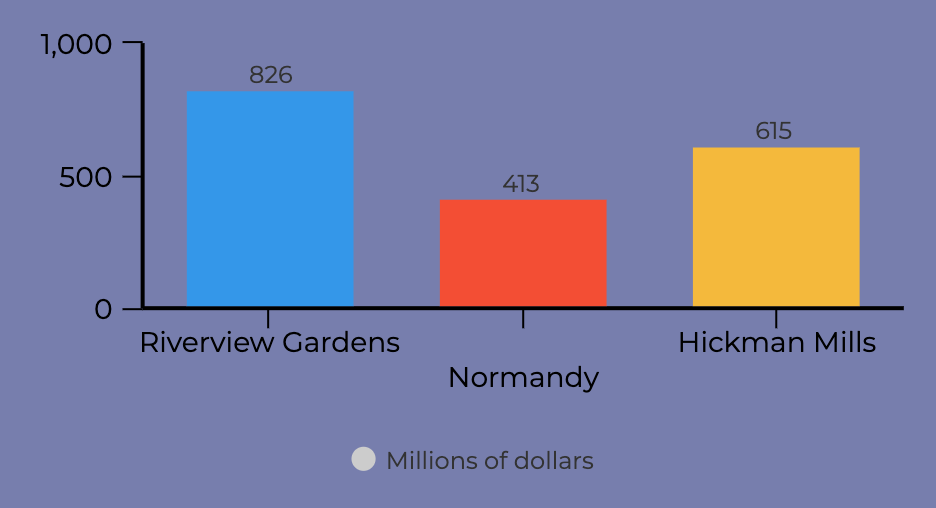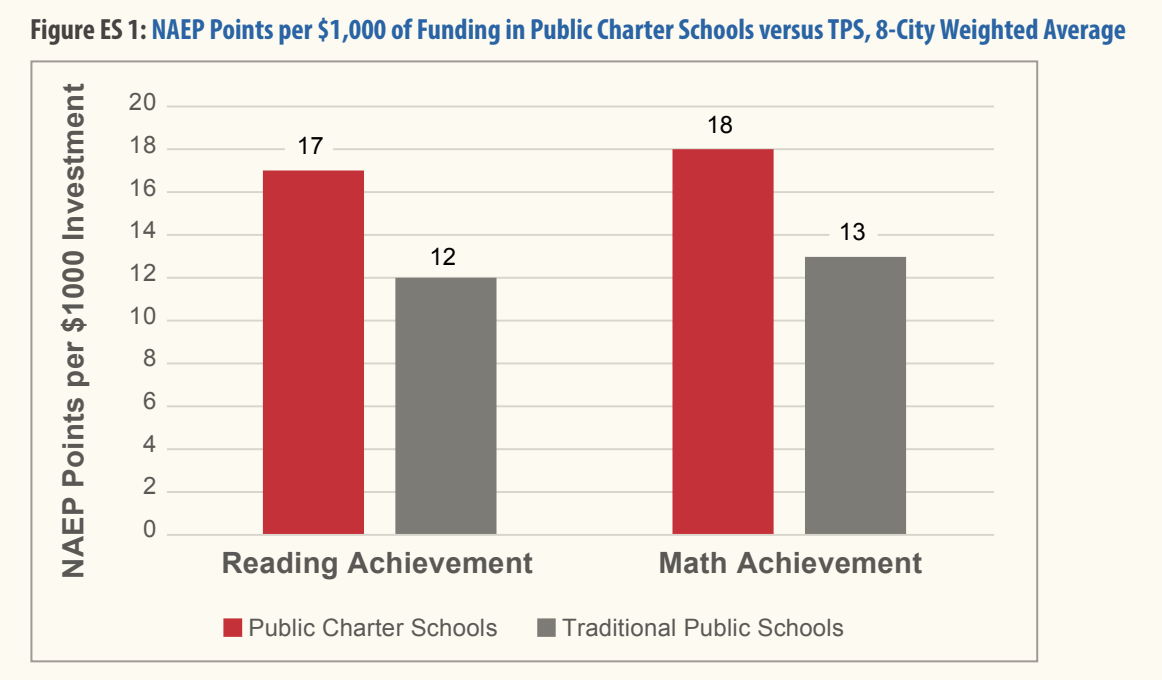Counteracting the charter school fearmongering
Last week, several Missouri senators chose to waste 11 hours of time on the Senate floor in an attempt to prevent more Missouri students from getting access to high-quality charter schools.
When they weren’t rambling about rock concerts they went to when they were younger or a totally unrelated conversation on tax policy, these senators justified their filibuster by throwing out frightening statistics about how much charter schools have cost the state over the years.

They claimed the closure of charter schools over the past 25 years have resulted in wasting $800 million of
A smart investment
It is true that in the last 25 years a number of charter schools have been closed because they were not meeting the educational requirements expected of them.
This is a good thing.
No one wants to throw good money after bad, and that is exactly what the charter school model is designed to help prevent.
If a charter school is not performing to expectations it can be closed, but if a district school is failing its students, it remains open indefinitely.
So we wondered just how much the state’s failing school districts were costing the state.
According to figures compiled by the Missouri Charter Public School Association, the costs associated with just three failing school districts have cost taxpayers over $1.8 billion since 2007:

- Riverview Gardens lost accreditation in 2007 and is currently provisionally accredited. In that time $826,666,758 has been spent on the district.
- Normandy lost accreditation in 2012 and is currently provisionally accredited. In that time $413,173,666 has been spent on that district.
- Hickman Mills has been classified as provisionally accredited since 2012. In that time $615,325,861 has been spent on that district.
Doing more with less
A recent study from the University of Arkansas examined the fiscal effectiveness of charter schools in 8 cities across the country. They found that in all eight cities charter schools were significantly outperforming traditional public schools when it came to the cost-effectiveness of improving student achievement.

While Missouri charter schools were not examined in the study, existing data implies that similar results would be found here.
According to the 2018 MAP and EOC testing results, 66 percent of all Missouri charter school students are in schools out-performing their local districts in ELA and 67.9 percent in Math.
And a recent report in the St. Louis Post-Dispatch reveals that Missouri charter schools have received millions of dollars less in local funding than traditional district schools since 2007.
Funding students not institutions
When you get right down to it, that $800 million mentioned over and over again in last week’s filibuster is a perfect example of the convoluted reasoning used by the anti-school choice lobby.
The senators kept saying that the $800 million was thrown down a “black hole,” and that they did not know where it went.
But we all know where it went. It was used to educate children in Kansas City and St. Louis.
The schools they were in may be closed now, but the state would have spent just as much, if not more, for those students to get an education in traditional district schools and it is unlikely the educational outcomes would have been much different. Kansas City Public Schools has not had full accreditation since 2011 and St. Louis Public Schools was not fully accredited for a decade.
Supporting charter school expansion is not about taking money from district schools. Supporting charter school expansion is also not about giving money to charter schools.
Expanding charter schools is about giving families more choices about where to send their children. It is about focusing funding quality education instead of just funding institutions.
« Previous Post: What grade should Missouri get for transparency?
» Next Post: Charter schools should be a choice for more communities